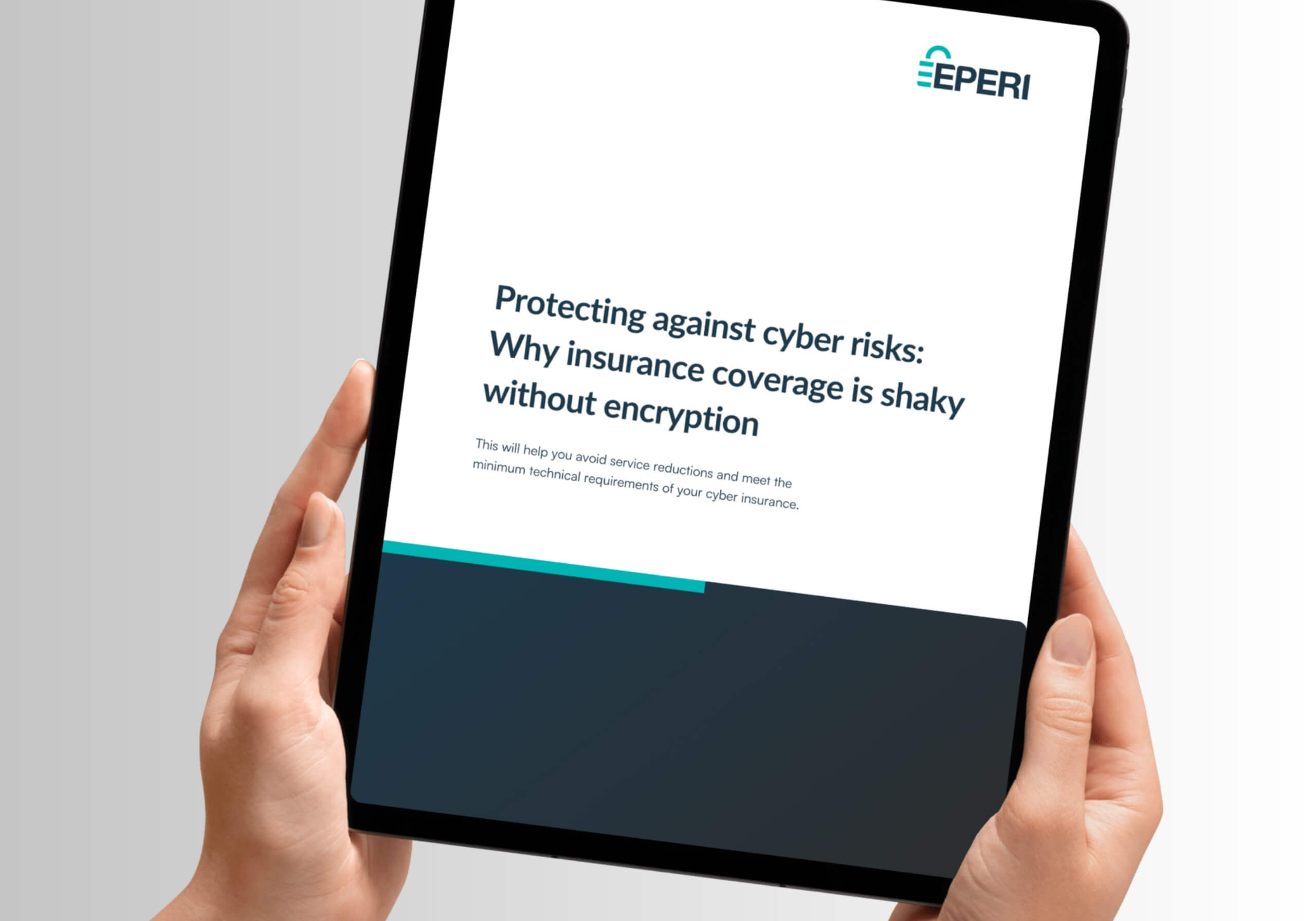Crypto Agility Explained: How Encryption Remains Future-Proof and Flexible
Crypto Agility: Why Encryption Must Become Flexible
Cryptography is not a static concept. Algorithms that are considered secure today may already be vulnerable tomorrow – due to new attack methods, changes in standards, or regulatory requirements. Crypto Agility enables a future-proof security architecture in which cryptographic mechanisms can be adapted and replaced. A key topic we are highlighting here in our Cybersecurity Academy as part of Cybersecurity Awareness Month.
What Does Crypto Agility Mean?
Crypto Agility refers to the ability of a system to quickly, systematically, and seamlessly adapt cryptographic algorithms, protocols, or key parameters to new requirements without major changes to infrastructure. It is a central element of modern IT security strategies.
Goal:
Cryptographic resilience throughout the entire lifecycle of systems and data – regardless of technological progress or evolving threats.
Why Crypto Agility Is Crucial Today
Numerous examples show how quickly established cryptography becomes outdated:
- MD5: compromised as a hash algorithm
- SHA-1: collision-prone – no longer suitable for signatures
- RSA/ECC: threatened in the future by quantum computers
At the same time, regulations such as DORA, NIS2, or the Cyber Resilience Act demand demonstrable cryptographic adaptability.
Risks of Missing Crypto Agility
- Outdated algorithms hardcoded in application code
- No overview of applied encryption standards
- Inflexible key and certificate infrastructure
- No support for hybrid or post-quantum algorithms
Five Requirements for True Crypto Agility
- Cryptographic Inventory
Identification: Which algorithms, certificates, and protocols are used, and where? - Modularization
Decoupling cryptographic functions via APIs, middleware, or security layers - Central Policy Control
Dynamic configuration and enforceable policies for algorithms, keys, and cipher suites - PQC Readiness
Support for hybrid algorithms (e.g., Kyber + ECC) to enable gradual migration - Continuous Audits and Updates
Adaptability requires ongoing monitoring and maintenance
eperi® sEcure: Encryption That Adapts Flexibly
With eperi® sEcure, enterprises can efficiently achieve Crypto Agility – without having to rebuild existing applications or infrastructure. The solution encapsulates cryptographic processes in a dedicated upstream security system.
Benefits at a Glance:
- Selective, field-level encryption – configurable by data type, risk, and role
- Hybrid encryption – combine classical and post-quantum algorithms (e.g., Kyber)
- Central Policy Engine – dynamically controlled cryptography policies
- Instant algorithm switch – e.g., in case of zero-day vulnerabilities or compliance demands
- Compatibility with common KMS and certificate solutions (HSM, PKI, KMIP, etc.)
Crypto Agility with eperi®: Ensuring Future-Proof Security at Every Level
- Technical: Flexibility in cryptography architecture
- Operational: Adaptable processes without manual intervention
- Regulatory: Demonstrable compliance with DORA, BSI TR-02102, ISO/IEC 27001, GDPR, PCI-DSS
FAQ: Frequently Asked Questions on Crypto Agility
Why is traditional encryption no longer sufficient?
Because standards age. Attacks on today’s secure algorithms (e.g., RSA) are already foreseeable – particularly through quantum computing.
How is Crypto Agility different from traditional IT security?
Crypto Agility specifically refers to the dynamic ability to swap algorithms and key methods during operation – without code changes.
How quickly can an algorithm be replaced with eperi®?
Thanks to external control via the Policy Engine, switches can occur almost in real time – depending on configuration and risk level.
Did you like this article?
Then like it now or share it with colleagues, business partners, and friends.
Knowledge that protects – your next step toward greater data security
On our download page, you will find free white papers and fact sheets on data protection, data encryption, and compliance – specifically for IT managers and decision-makers.
Get concise knowledge, strategic recommendations, and practical tips to effectively protect your data and securely comply with regulatory requirements such as GDPR, NIS2, and DORA.





